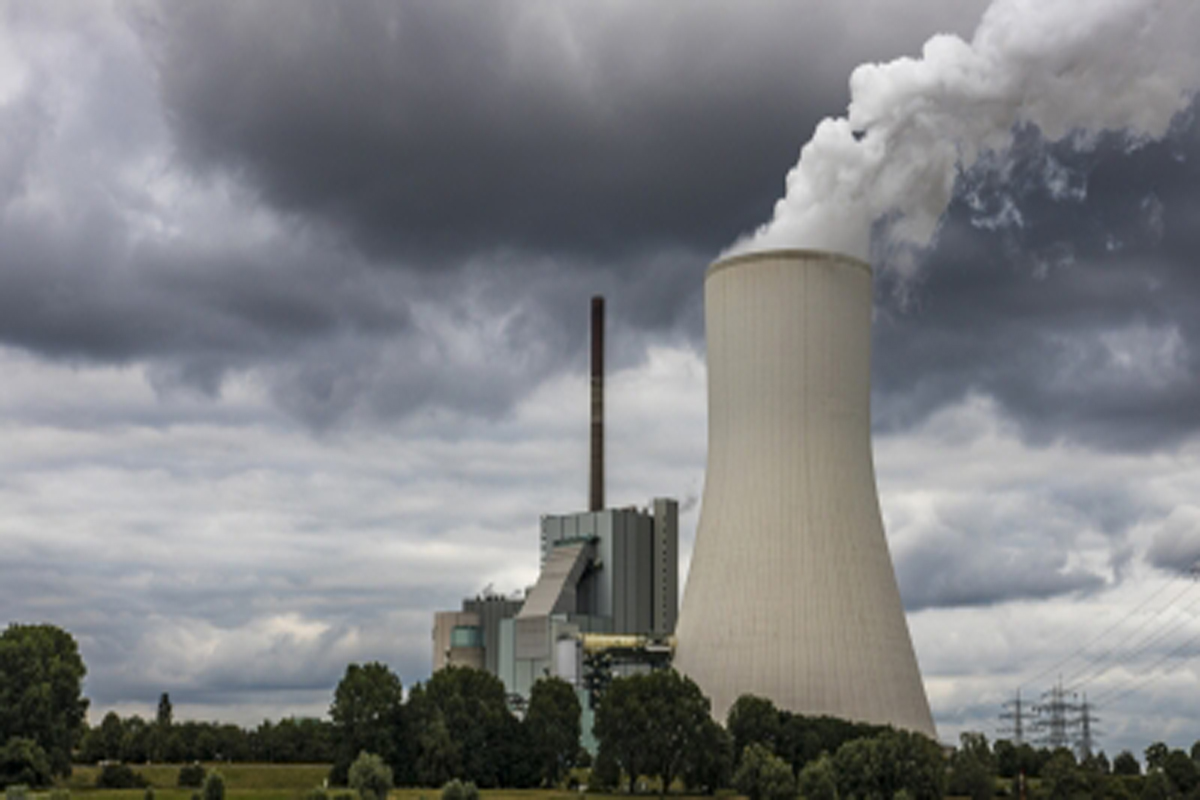Even six years after the water consumption norms came into force, the water-guzzling coal power industry is ignoring water regulations and there is a high degree of non-compliance observed in the sector, a new report by the Centre for Science and Environment (CSE) says.
Counted among the most water-intensive industries in India, the coal power sector is responsible for nearly 70 per cent of the total freshwater withdrawal by all industries in the country. Indian power plants with cooling towers consume twice as much water as their global counterparts, said the report titled ‘Water Inefficient Power’.
Advertisement
According to the 2015 norms (revised again in 2018), plants installed before January 1, 2017, were required to meet a specific water consumption limit of 3.5 cubic metres of water per MWh; plants installed after January 1, 2017, had to meet the norm of three cubic metres of water per MWh, apart from adopting zero liquid discharge.
Additionally, all freshwater-based plants were required to install cooling towers and subsequently achieve the norm of 3.5 cubic metres of water per MWh. All sea water-based plants were exempted from meeting the norms.
The deadline to meet the water norms was December 2017 which has already passed. The water norms for coal power plants were introduced in 2015 along with the emission norms. Though emission norms timelines for the sector were revised twice by the Ministry of Coal once in 2017 and recently in 2021, the issue of compliance and implementation of water norms has been completely overlooked, the CSE said in a release.
CSE’s programme Director for Industrial Pollution Unit, Nivit Kumar Yadav, said, “This is when many power producing regions of the country are facing acute water shortage. Also, there is huge water pollution due to the effluent discharged by the power plants.”
The CSE surveyed more than 154 GW of total coal power capacity and found nearly 50 per cent of the freshwater-based plants to be non-complying. Most of these plants belong to state-owned companies.
The largest number of non-complying plants were from Maharashtra and Uttar Pradesh. Belonging to MahaGENCO (Maharashtra’s power generation company) and UPRVUNL (Uttar Pradesh’s power generation company), a majority of these plants are old with inefficient practices which lead to water wastage.
The CSE survey has found that old and inefficient once-through cooling water-based plants in India continue to operate without installing cooling towers. These plants are not just flouting water norms but also emission norms, the survey added.
Built before 1999, all once-through-based power plants in India are old and polluting. Many of these plants were identified for retirement but have not yet been retired. They continue to operate with no plans to upgrade or install either emission control equipment or cooling towers.
“Allowing these older plants to continue to pollute cannot be an option. Plants identified for retirement must be closed down immediately if they have no plans to retrofit or to install emission control technologies and/or cooling towers,” said Deputy Programme Manager, Industrial Pollution unit of CSE, Sugandha Arora.
As per the CSE’s recent estimates, nearly 48 per cent of India’s existing coal power fleet is located in water-scarce districts like Nagpur and Chandrapur in Maharashtra; Raichur in Karnataka; Korba in Chhattisgarh; Barmer and Baran in Rajasthan; Khammam and Kothagudem in Telangana; and Cuddalore in Tamil Nadu. There have been reports of conflicts over water use between industries and local people.
“This sector has a massive water footprint and therefore, all efforts must be made to mitigate this impact. There is a huge scope of reducing the sector’s water demand by ensuring implementation of the 2015 standards and addressing the challenges related to accurate reporting of data, old inefficient once-through cooling plants and implementing zero discharge in newer plants.”











